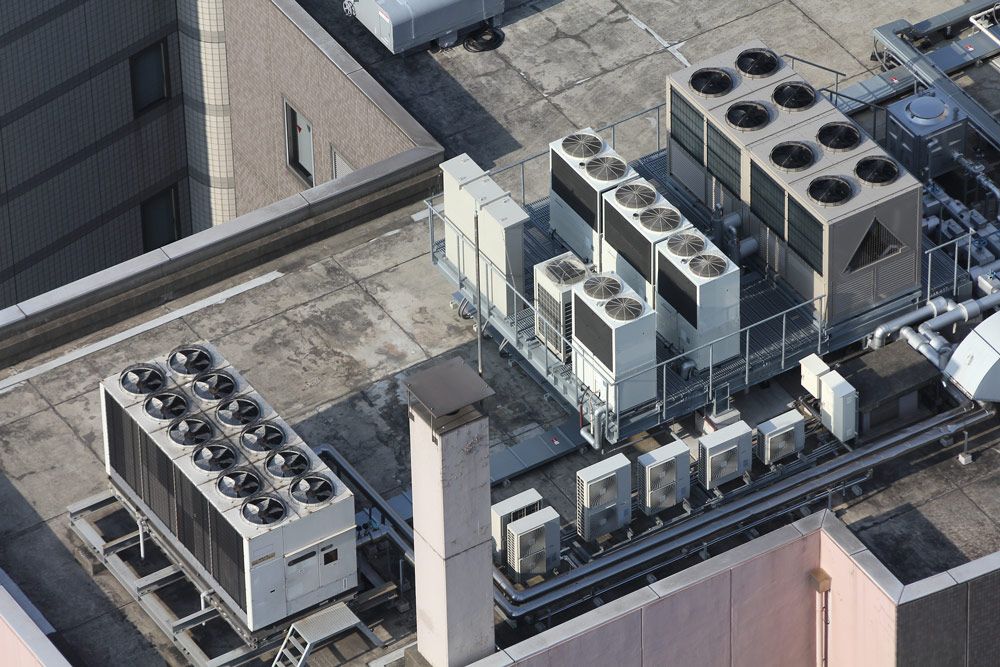The constant rise in the cost of electricity leads to the fact that one of the main criteria when choosing refrigeration equipment is its energy efficiency. Thus, in Western Europe, there is now a tendency when cheaper, but insufficiently economical equipment is preferred to an expensive, but an energetically more profitable option.
Ultimately, such equipment pays for itself very quickly due to moderate energy consumption. Calculations convincingly prove that in the different climatic conditions the additional costs for the purchase of energy-saving equipment are paid.
Today, the greatest demand is for free cooling chiller equipment. It allows using cold outside air to cool the refrigerant in winter and autumn-spring periods, excluding the compressor. Since it is the compressor that is considered the main consumer of electricity, the use of free-cooling can significantly save energy.
Two types of refrigeration systems can be distinguished, where the principle of air cooling is implemented:
- A standard air-cooled water cooling unit complemented by a dry cooler.
- The water cooling unit operates on the basis of a liquid condenser. A dry cooling tower is used to extract heat from the liquid that cools the condenser.
A free-cooling chiller can use free cooling in whole or in part. In the first case, air cooling occurs when the compressor is completely off due to the glycol circuit. In the second, the compressor operates at half load, and the glycol circuit is used in parallel to cool the air in the room and the condenser. Free cooling air cooled chillers in winter makes it possible to save up to 80% of electricity, and in the off-season – up to 50%. Given the significant rise in energy prices, these savings are significant. That is why the owners of industrial enterprises with a constant need for cooling prefer the installation of liquid cooling systems with free cooling.


